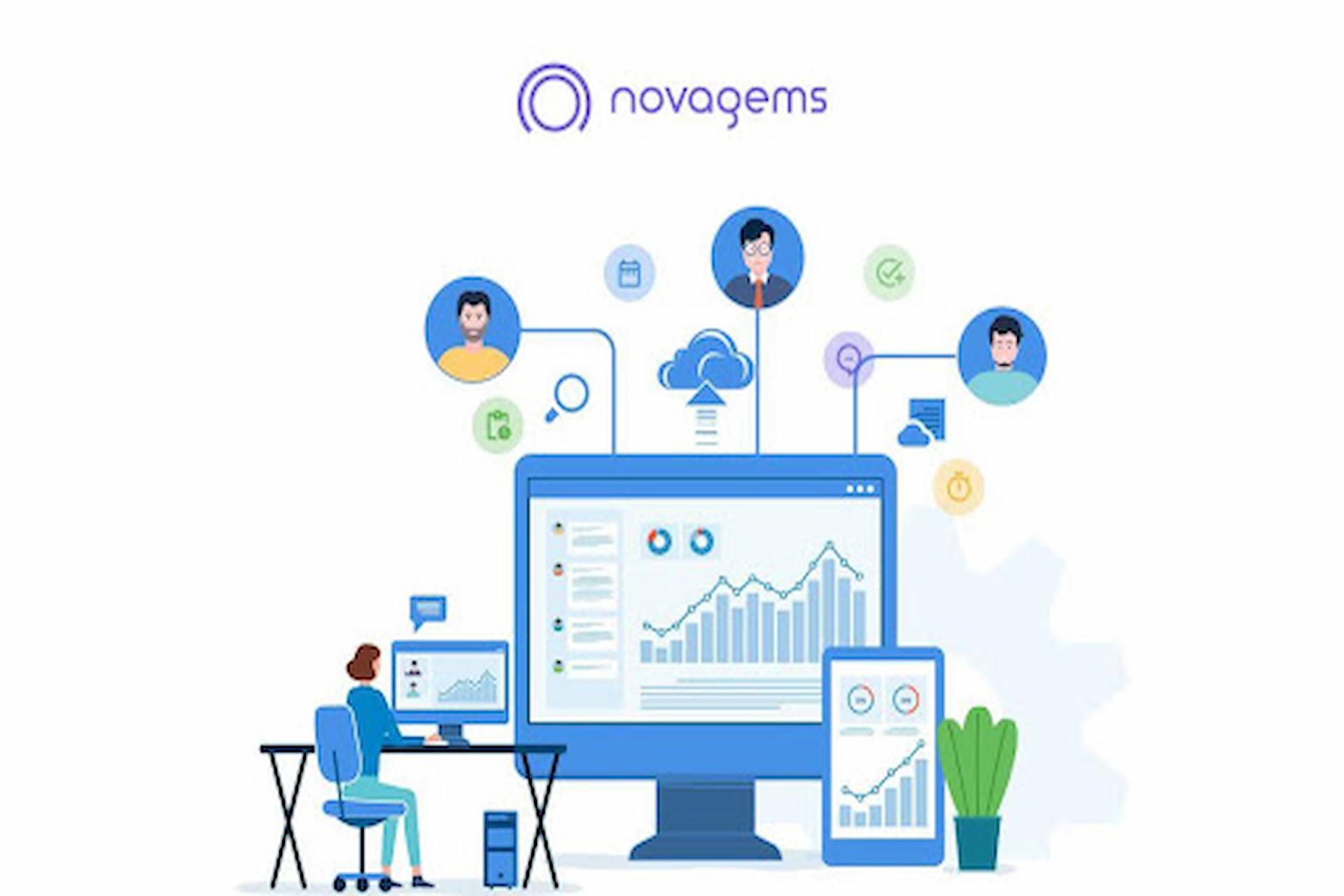Effective teamwork and clear communication are essential for a successful workplace, whether your team operates remotely or in an office environment. Fostering a culture of open communication and collaboration is crucial, and one of the best ways to achieve this is by implementing workforce management solutions. These tools not only streamline administrative tasks but also significantly enhance team collaboration and communication. Let’s explore how these solutions can transform your workplace.
What Are Workforce Management Solutions?
Workforce management solutions are digital tools designed to optimize various aspects of workforce operations, such as scheduling, time tracking, payroll management, and employee performance monitoring. By integrating these functions into a single platform, these tools help create a more organized, efficient, and collaborative work environment.
Improving Communication with Workforce Management Solutions
Centralized Communication Channels
One of the biggest challenges in any workplace is ensuring that everyone is on the same page. These solutions often include integrated communication tools that provide a centralized platform for all team interactions. This means that team members can communicate through a single, unified platform instead of juggling multiple apps and emails. Centralization reduces misunderstandings and ensures that important information is easily accessible to everyone.
Real-Time Updates and Notifications
In fast-paced work environments, staying updated in real time is crucial. Workforce management solutions can send instant notifications about schedule changes, task assignments, and important announcements. This helps prevent delays and keeps the team aligned with their goals. Employees can receive updates on their mobile devices, making it easier for them to stay informed even when they’re on the move.
Improved Task Management
Clear task assignments and tracking are vital for effective teamwork. Workforce management solutions often include task management features that allow managers to assign tasks, set deadlines, and track progress. Team members can easily see what tasks they are responsible for and what others are working on, promoting accountability and teamwork. This transparency ensures that everyone knows their roles and can collaborate more effectively.
Boosting Team Collaboration with Workforce Management Solutions
Streamlined Scheduling
Coordinating schedules can be challenging, especially for larger teams. Workforce management systems simplify scheduling by allowing employees to view and manage their schedules in real time. Managers can easily create and adjust schedules based on availability and workload, ensuring that shifts are covered without overburdening anyone. This flexibility helps teams work together more smoothly since everyone knows when and where they’re needed.
Resource Allocation
Effective collaboration often requires the right resources at the right time. Workforce management systems help managers allocate resources more efficiently by providing insights into workload and employee availability. This ensures that projects have the necessary manpower and resources, preventing delays and enhancing teamwork. Well-managed resources allow teams to focus on working together to achieve their goals.
Performance Tracking and Feedback
Providing constructive feedback is essential for continuous improvement and teamwork. Workforce management solutions offer performance-tracking tools that provide insights into employee productivity and engagement. Managers can use this data to offer targeted feedback and recognize achievements, boosting morale and encouraging teamwork. Regular feedback helps employees understand their strengths and areas for improvement, fostering a culture of collaboration and growth.
The Role of Workforce Management Solutions in Remote Work
Maintaining Connectivity
Remote work presents unique challenges for team collaboration and communication. Workforce management solutions keep remote teams connected through virtual communication tools. These platforms enable video calls, instant messaging, and file sharing, ensuring that remote employees remain integrated with the rest of the team. This connectivity is crucial for maintaining a cohesive and collaborative remote workforce.
Ensuring Accountability
One concern with remote work is ensuring that employees remain productive and accountable. Workforce management systems provide visibility into remote employees’ work habits through time tracking and project management features. This transparency helps managers monitor progress and ensures that remote workers meet their deadlines. By maintaining accountability, these solutions help remote teams collaborate effectively.
Supporting Work-Life Balance
Remote work can blur the lines between work and personal life. Workforce management solutions help employees maintain a healthy work-life balance by providing tools for flexible scheduling and time-off management. When employees can manage their work schedules better, they are less stressed and more likely to collaborate positively with their teammates.
Conclusion
Improving team collaboration and communication is essential for creating a productive and successful workplace. Workforce management systems offer a comprehensive approach to achieving this by centralizing communication, providing real-time updates, streamlining scheduling, and enhancing resource allocation. Whether your team operates in an office or remotely, these tools can help create a more organized, efficient, and collaborative environment. Embrace workforce management solutions and watch your team’s productivity and morale soar!
In conclusion, workforce management solutions are more than just tools; they are catalysts for enhancing collaboration and communication in your workplace. By leveraging these solutions, you can create a more cohesive and efficient team, leading to improved productivity and employee satisfaction.




